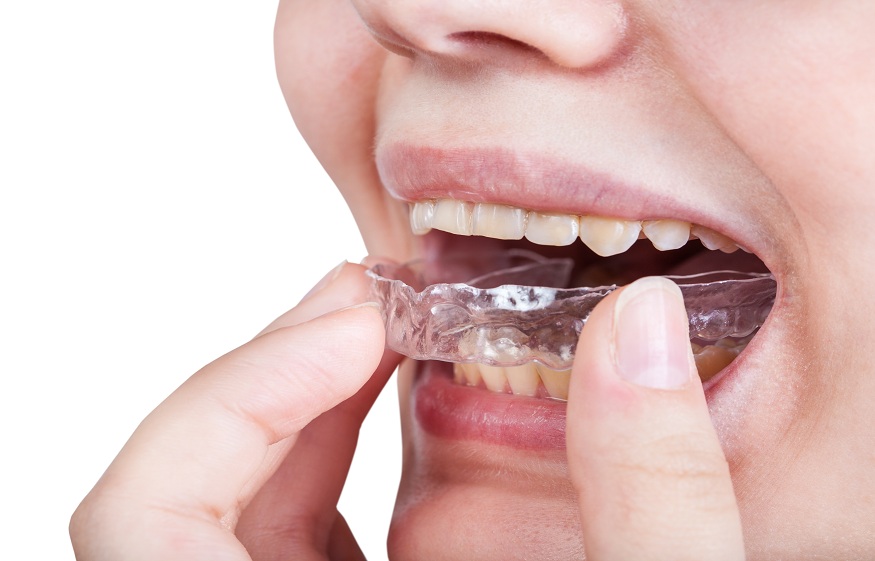For individuals seeking dental implants in Aurora, understanding the science behind osseointegration is crucial for optimal treatment outcomes. Osseointegration, the process by which dental implants integrate with surrounding bone tissue, is the cornerstone of successful implant placement. This complex biological process enables dental implants to achieve long-term stability, functionality, and aesthetics. By grasping the underlying mechanisms of osseointegration, patients can better appreciate the importance of proper implant design, surgical technique, and aftercare.
Experienced implantologists utilize cutting-edge technology and evidence-based techniques to ensure seamless osseointegration and exceptional results for patients receiving dental implants.
Understanding Osseointegration
Osseointegration refers to the direct and intimate contact between living bone tissue and the surface of a dental implant, resulting in a strong and stable bond. This biological process, first discovered by Swedish orthopedic surgeon Per-Ingvar Brånemark, enables dental implants to anchor securely within the jawbone, restoring oral function, aesthetics, and patient confidence.
Osseointegration occurs through a series of cellular and tissue-level interactions, where osteoblasts (bone-forming cells) and osteoclasts (bone-resorbing cells) work in harmony to integrate the implant surface with the surrounding bone. The resulting union provides a durable and long-lasting foundation for dental implants, facilitating optimal load-bearing capacity, chewing function, and natural-looking smiles.
Mechanisms of Osseointegration
Osseointegration involves a series of biological and mechanical events:
- Initial Healing: After implant placement, blood clot formation and inflammation occur.
- Osteogenic Cell Migration: Osteoblasts (bone-forming cells) migrate to the implant surface.
- Bone Matrix Deposition: Osteoblasts deposit bone matrix, forming a thin layer of bone.
- Bone Remodeling: Bone resorption and formation occur, adapting to implant geometry.
- Stabilization: Implant-bone interface stabilizes, ensuring long-term integration.
Key Factors Influencing Osseointegration
The following factors can significantly influence osseointegration:
Implant-Related Factors
- Implant Material: Titanium, zirconia, and other biocompatible materials.
- Implant Surface Topography: Micro- and nano-scale roughness.
- Implant Design: Thread geometry, diameter, and length.
- Implant Coatings: Bioactive molecules, calcium phosphate.
Surgical Factors
- Surgical Technique: Precision, minimal trauma.
- Implant Placement Depth: Optimal depth for osseointegration.
- Bone Preparation: Drilling, tapping, and threading.
Patient-Related Factors
- Age: Older patients may experience slower osseointegration.
- Bone Quality: Density, volume, and health.
- Systemic Health: Diabetes, osteoporosis, smoking.
- Oral Hygiene: Proper care and maintenance.
Biological Factors
- Osteoblast Activity: Bone-forming cells.
- Osteoclast Activity: Bone-resorbing cells.
- Bone Remodeling: Continuous process of resorption and formation.
- Inflammation: Initial response to implant placement.
Environmental Factors
- Loading Forces: Occlusal forces, implant overload.
- Microbial Colonization: Bacterial biofilm formation.
- Chemical Factors: pH, ionic composition.
Clinical Significance of Osseointegration
Osseointegration plays a vital role in the success of dental implants, with significant clinical implications:
Advantages
- Long-Term Stability: Osseointegration ensures implant stability, resisting occlusal forces.
- Bone Preservation: Integrated implants maintain surrounding bone, preventing resorption.
- Optimal Aesthetics: Osseointegration enables natural-looking implant placement.
- Improved Oral Function: Stable implants restore chewing, speaking, and biting abilities.
- Patient Satisfaction: Successful osseointegration boosts patient confidence and quality of life.
Clinical Benefits
- High Implant Survival Rates: Osseointegration minimizes implant failure.
- Reduced Complications: Integrated implants lower the risk of peri-implantitis and bone loss.
- Simplified Maintenance: Easy cleaning and maintenance of osseointegrated implants.
- Improved Prosthetic Outcomes: Stable implants support optimal prosthetic fit and function.
- Enhanced Patient Comfort: Osseointegration eliminates implant mobility and discomfort
Bottom Line
Understanding the science behind osseointegration in dental implants is crucial for optimal treatment outcomes. By recognizing the complex interplay between implant design, surgical technique, patient factors, and biological processes, dental professionals can optimize osseointegration, ensuring successful and long-lasting dental implant placement. Advances in biomaterials, surface engineering, and digital technologies continue to enhance our understanding of osseointegration, paving the way for improved implant designs and treatment protocols. As research evolves, so too does our ability to restore oral function, aesthetics, and patient confidence through dental implants. By embracing the science behind osseointegration, we can provide exceptional care and transform lives, one smile at a time.




